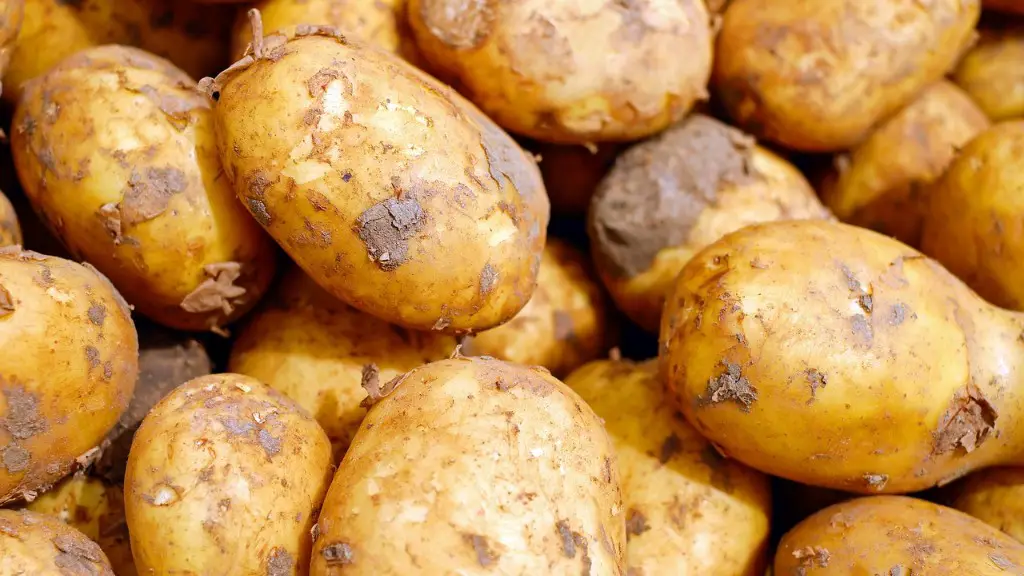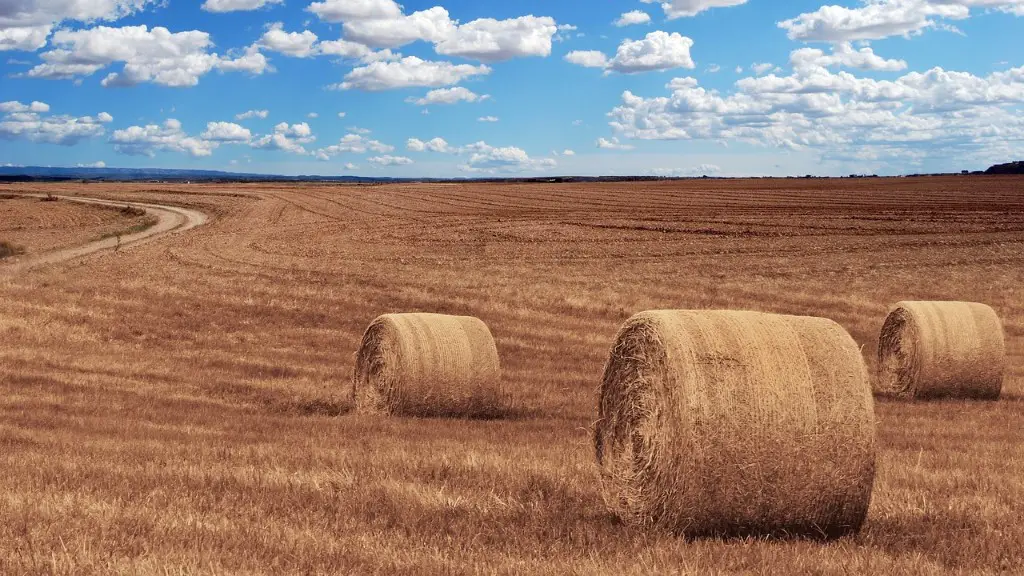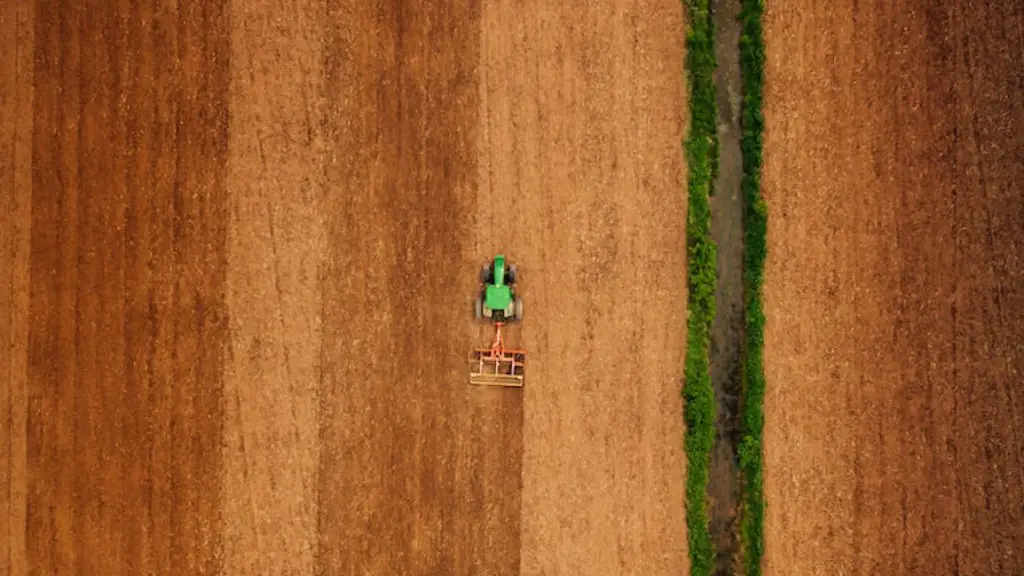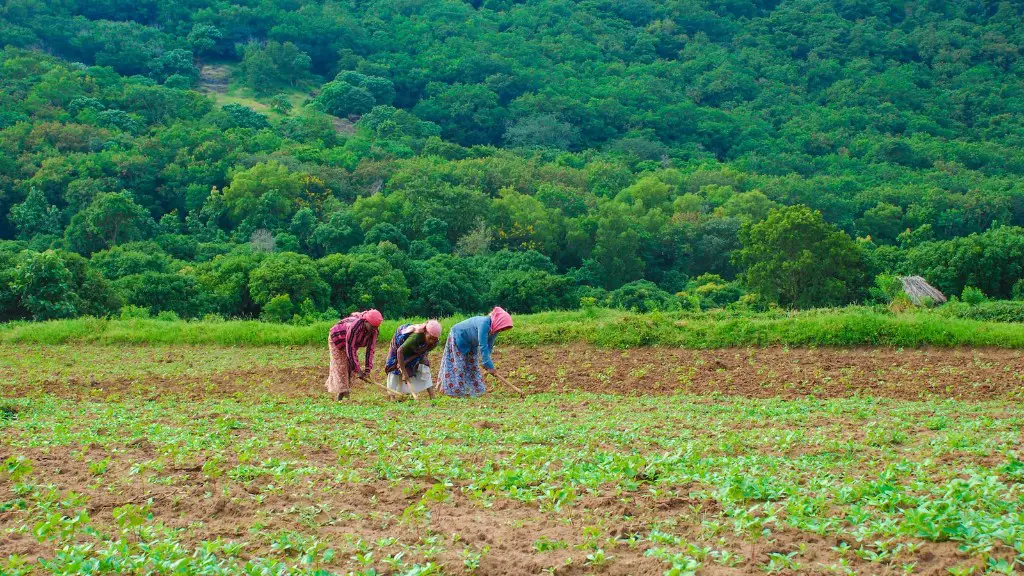Climate-smart agriculture (CSA) refers to a set of variables, practices and technologies that refer to the different weather conditions of each season or year. It focuses on how farmers and agricultural organizations can produce food and other goods in the face of climate change and food insecurity while maintaining long-term sustainability. CSA integrates many different aspects, such as sustainable soil fertility, water availability and irrigation, updating production systems to maximize production and reduce risk. It also involves improving the resilience of rural communities and promoting the overall well-being of farmer households.
CSA techniques are designed to reduce the negative impacts of climate change on agricultural productivity, such as rising temperatures and extreme weather events. The focus is on proactively involving farmers in decision-making to assess and respond to climate risks, as well as adjusting agricultural production and practices to minimize their effect. For example, conservation agriculture, which involves minimum soil disturbance, permanent soil cover and diverse crop rotations, can increase the soil fertility, reduce water runoff and improve the resilience of crop production against climate change.
In addition to these proactive measures, CSA also includes reactive strategies such as diversifying crops, diversifying markets and developing strategies to manage post-harvest risks. CSA also includes promoting access to skills, capital, technology and resources needed to adapt to climate change. By combining long-term preparedness with immediate action, CSA seeks to reduce the impacts of climate change on agricultural productivity and food production.
CSA is also an approach that leads to sustainable agriculture; it seeks to achieve a balance between people, planet, and profit. It involves sustainable water and soil management, efficient use of inputs (pesticides, fertilizers, etc.), reduction of climate-induced risks, reduced emissions and improved resilience, among others. Finally, CSA strives to increase the adaptive capacity of farmers to climate change impacts and address their concerns that are often rooted in social and economic inequalities.
Types of Climate-Smart Agriculture
Climate-smart agriculture (CSA) involves a range of practices, techniques and technologies that can be applied in combination to efficiently manage climate change. These include practices to reduce the impacts of extreme weather events like floods, as well as strategies to secure water and soil resources. Some common practices addressed by CSA include crop selection and rotation, water management, soil conservation and manure management. Crop selection and rotation involve choosing crops and crop varieties that are well adapted to the specific environment and conditions in which they are to be grown.
Water management is essential in CSA. This includes efficient irrigation, water harvesting and storage, as well as using new technologies such as drip irrigation systems. Water harvesting and storage can help reduce the impacts of droughts and improve the availability of water for agricultural purposes. Soil conservation strategies include the use of cover crops and terracing to reduce soil erosion, improve soils’ fertility and enhance their capacity to store water.
Manure management involves utilizing animal waste and other organic materials to increase soils’ fertility. Integrated pest management and the use of green fertilizers and cover crops can also help reduce the amount of toxic pesticides and fertilizers that are used in farming. Management of weeds and pests can help reduce the impact of invasive species, particularly in ecologically sensitive areas.
Finally, climate-smart agriculture involves strategies to increase economic and social resilience to climate change. This includes the adoption of business models and market access strategies to ensure sustainability and profitability, as well as the use of climate-smart agricultural practices and technologies to improve farmers’ ability to adapt to changing climate conditions.
Benefits of Climate-Smart Agriculture
Climate-smart agriculture can provide a wide range of benefits to the environment, agricultural producers and consumers. One of the most important benefits of CSA is the improved resilience to climate change. CSA practices can increase soil fertility and water storage capacity, as well as help farmers anticipate, prevent and mitigate the impacts of extreme weather events such as droughts and floods.
By improving the efficiency of water, soil and inputs management, CSA can also help reduce environmental pollution caused by agricultural activities. CSA can help reduce the overuse of fertilizers and pesticides, as well as reduce greenhouse gas emissions. This can help contribute to the fight against climate change.
From an economic point of view, CSA can provide economic benefits to farmers by ensuring long-term sustaibability and profitability. CSA can help farmers access new markets, access new technologies and increase their incomes. It can also create opportunities for local value-added activities, such as processing, packaging and marketing of locally produced food. Finally, CSA can help reduce the vulnerability of smallholder farmer households to food insecurity, poverty and conflict.
Challenges of Climate-Smart Agriculture
Despite its many potential benefits, CSA faces a number of challenges. One of the main barriers is the lack of access to information, technical knowledge and extension services. In some regions, local institutions and organizations lack the capacity, resources and infrastructure needed to provide effective agricultural extension services. This often prevents smallholder farmers from accessing essential knowledge and information needed to apply CSA practices, particularly those related to new technologies.
In addition, many of the benefits of CSA can take time to materialize, meaning that farmers must take on upfront costs and risks in order to reap the long-term benefits. This can be particularly problematic for smallholder farmers, who may lack access to capital and resources. Furthermore, CSA is often seen as a top-down approach that is forced upon farmers, rather than something done in collaboration with them. This can create mistrust and resistance.
Finally, there is still a lack of monitoring and evaluation of the impact of CSA. This is due to the lack of data and the difficulty of attributing changes in agricultural productive performances to CSA practices. As such, there is a need for stronger monitoring and evaluation frameworks to evaluate the effectiveness and impact of CSA practices.
Tools for Climate-Smart Agriculture
In order to successfully implement CSA practices and strategies, farmers need access to the necessary tools and resources. This includes technical knowledge and information, as well as access to capital, infrastructure and technologies. In particular, there is a need for agricultural extension services and other forms of education and communication to support farmers in their use of CSA practices.
In addition, farmers need access to other resources, such as improved seeds and seed varieties, machinery and irrigation systems, financial services and insurance, markets, and stable inputs like water, soil and fertilizers. Policies, regulations and incentives to promote CSA practices and create an enabling environment for sustainable agriculture are also necessary.
Finally, farmers need access to information systems to track and manage changes in climate, as well as gather data on climate-related risks and opportunities. This can include everything from weather forecasting and agro-economic information to decision-support tools and market demand forecasting.
Innovations in Climate-Smart Agriculture
In recent years, technological advances have led to the development of a range of innovative technologies and practices in climate-smart agriculture. This includes the use of drones and satellite imagery to monitor and manage crop growth and health; remote sensing systems to measure soil moisture and other factors; decision-support tools to better tailor inputs and practices specific to a crop, field or region; and mobile apps to access and manage data more efficiently.
In addition, a range of new financing solutions have emerged to support sustainable agricultural practices. These include innovative payment technologies, such as mobile money and blockchain, as well as new forms of insurance and financial services to protect farmers from the impacts of climate change, such as droughts and floods.
Finally, new technologies have led to the establishment of innovative market systems and value chains to support sustainable agricultural production. These systems seek to improve access to markets and information, reduce transaction costs and increase farmers’ incomes. They include digital platforms to facilitate the direct sale of products, online marketplaces to connect farmers and buyers, as well as social protection systems.
Environmental Benefits of Climate-Smart Agriculture
Climate-smart agriculture can play a key role in addressing some of the most pressing environmental issues due to its ability to reduce emissions, enhance soils’ health, improve water management and promote biodiversity. CSA can improve soils’ structure and fertility, reduce water runoff, sequester carbon and promote biodiversity.
CSA-based practices such as conservation agriculture and agroforestry can result in reduced emissions of greenhouse gases. Conservation agriculture, for example, can reduce on-farm emissions by up to 50%, while agroforestry systems can sequester more CO2 than standard crop-based systems.
In addition, improved water and soil management can help reduce water pollution and improve water availability, which can improve the world’s water resources. Furthermore, by promoting biodiversity through the use of crop and livestock rotations, CSA provides habitat and food sources for birds and other animals.
Finally, CSA can reduce the damaging environmental impact of intensive agriculture. Practices such as cover cropping, water harvesting and integrated pest management can reduce the use of synthetic pesticides and fertilizers, which can help reduce the impacts on aquatic ecosystems in particular.





